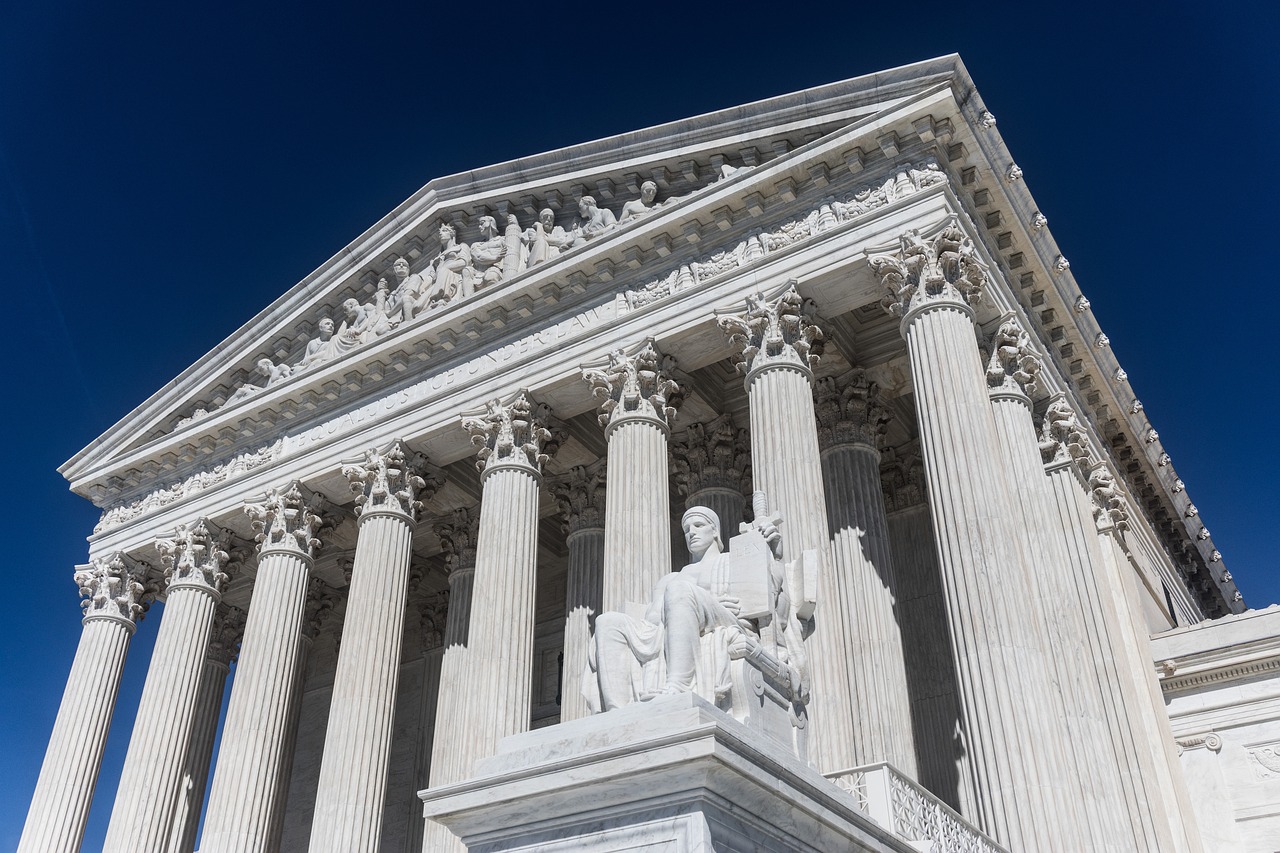In 2012, I authored a book called “Supreme Myths: Why the Supreme Court is not a Court, and its Justices are not Judges.” The thesis of the book was that, due to a perfect storm of factors, the Supreme Court in practice makes all-things-considered decisions, not legal decisions, with the only real constraint on the institution being the justices’ own views of what the people and the elected branches will tolerate or accept. In other words, policy and politics not law drives the Court’s decisions in a manner that is inconsistent with the proper judicial role. Here is a quick summary of those factors:
- The Constitution’s litigated clauses are hopelessly vague and imprecise;
- The Constitution requires virtually impossible to obtain super-majorities before the document can be amended;
- The Constitution is extremely old;
- The government officials who sit on this institution have life tenure;
- Our country has a strong tradition of aggressive judicial review dating back to at least 1857 (Dred Scott);
- The Court’s constitutional law decisions are unreviewable by any other court or political institution; and
- The Justices do not now and never have taken prior positive law, including the institutions’ own opinions, even minimally seriously when deciding cases.
These factors have led to numerous eras in American history where the Supreme Court’s view of American politics and law were deemed obsolete and dangerous by both political and non-political actors. Liberals and progressives today need to understand that the Roberts Court is no more or less out-of-touch with current politics than prior Supreme Courts.
The 1801 Congress, for example, suspended the Court for about a year due to political disagreements. And in 1936, after the Court had interfered too often with President Roosevelt’s New Deal plan to deal with the Great Depression, FDR said the following on the most important media of the day:
In the last four years, the sound rule of giving statutes the benefit of all reasonable doubt has been cast aside. The Court has been acting not as a judicial body, but as a policy-making body…. [T]he majority of the Court has been assuming the power to pass on the wisdom of…Acts of the Congress—and to approve or disapprove the public policy written into these laws…. The Court…has improperly set itself up as a third House of the Congress—a super-legislature…. we must take action to save the Constitution from the Court and the Court from itself. We must find a way totake an appeal from the Supreme Court to the Constitution itself. We want a Supreme Court which will do justice under the Constitution—not over it. In our Courts we want a government of laws and not of men.
FDR’s critiques of the Court resonate just as much today (as they did for conservatives in 1980). In just a few short years, the Roberts Court has either completely or substantially changed the law of abortion, affirmative action, gun control, free exercise of religion, establishment of religion, separation of powers, and voting rights. In each of these areas, and many more, constitutional law today is dramatically different than it was in 2005 when John Roberts became Chief Justice.
The Roberts Court is imposing this new politics and constitutional vision on the American people despite there being no changes to the constitutional text or new discoveries about what the original Constitution meant. The law changed only because the people on the Court changed. But if changing judges changes constitutional law so dramatically, and it always has, then what do we mean by law? Moreover, are we a government of laws or a government of people? When it comes to our highest Court, the right answer is a government of people.
An institution not bound in any meaningful way by text or precedent is not a court of law. Even worse, an institution unbounded by text or precedent and staffed by officials with life tenure and virtually unreviewable power is an institution with virtually no accountability to the public. No legal or political institution in the history of the free world exercises power like our Supreme Court. Far from being exceptional, this institution poses serious dangers to self-government, social progress, and the rule of law.
It is well-past time we take serious measures to reduce that threat, but that is extremely unlikely to happen unless and until we recognize the Supreme Court is not a court, and its justices are not judges.
Eric Segall is a professor of law at the Georgia State University College of Law and the author of Supreme Myths.
Suggested citation: Eric Segall, The Supreme Court is not a Real Court: This Year or Any Year., JURIST – Academic Commentary, July 6, 2023, https://www.jurist.org/commentary/2023/07/supreme.court.not.real/.
This article was prepared for publication by JURIST Commentary staff. Please direct any questions or comments to them at commentary@jurist.org


